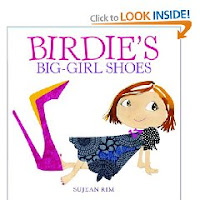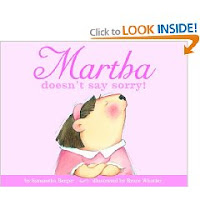
David Macinnis Gill is the author of SOUL ENCHILADA, a highly anticipated novel released this spring by Greenwillow. SOUL ENCHILADA has been nominated for the BBYA (Best Books for Young Adults) honor. He is the past President of the Assembly on Literature for Adolescents and teaches at UNC Wilmington.
According to Mr. Gill, YA (Young Adult) is not a genre, but a marketing category instead, as is the term MG (Middle Grade). They both fall under the umbrella known as “children’s literature.”
A YA is a book with a teen main character and involves a teen “problem.” It is written primarily for a teen audience and is told in the here and now. NOT as an adult looking back on his/her past as a teen.
Mr. Gill quoted Cheryl Klein, Senior Editor at Arthur A. Levine Books (An imprint of Scholastic) on her definition: “ YA is centrally interested in the experience and growth of its teen protagonist, whose dramatized choices, actions and concerns drive the story and is narrated with relative immediacy to teen perspective. “
YA vs. MG:
YA spans ages 12-18
MG spans ages 9-14
-More MG books will make it into libraries than YA.
-MG & YA share some characteristics, such as a teen protagonist, because of the overlapping age range. What differentiates the two is the intensity of the story. For example, in a MG, a teacher can only be so mean. But in a YA, a teacher can become predatory.
More often than not, it is not the author who decides which category a book fits in. As the author, it is up to you to write your best story. It is up to the editor, the sales team, marketing or your agent to decide what section of the bookstore or library your book will sit.
When you gear your writing toward the YA market, your main character should be roughly two years older than the target audience and push the boundaries in subject matter. YA is also reaching toward college-age readers allowing for longer text and more complex and darker themes. However, on the flipside, the MG market is also getting larger as publishers push toward the fourteen age range with an average of 200 pages per book.
If you want to get a good idea what is popular in YA fiction these days, go to the bookstore. Check out the SINGLE titles, not series. Look at the hard cover copies as they are the most recently published works. On the web, look at the web sites for ALAN or YALSA. On the YALSA site you can find the BBYA (Best Books for Young Adults) Award or Top Ten Teen Reads. Another great way to find hot YA’s is to look up the Prince Award and its prior honorees.
So basically, what I have gathered from Mr. Gill’s workshop is when marketing your YA work to editors/agents during the search for publication, do your homework. Read lots of YA and find out what’s out there. Check out the competition and make sure yours is as good or better. Read the acknowledgements page of similar works and find out the name of the editor or agent who helped develop it into a finished product. Target your work appropriately.
The biggest issue for me, in recognizing YA is HOW it is written. The story MUST be told from a teen’s point of view in the here and now. A true YA will not be written from a teen’s point of view after he/she is an adult and looking back at the past. This is the key and seems to be the major factor in what differentiates YA from regular adult fiction.
Are you still confused? Does your book run the gamut between YA & MG and you’re just not sure how to market it to that editor/agent? Don’t lose any sleep over it. If you have a good story, killer voice, and great character, your book will be published. Leave the marketing aspect of it to “the powers that be.” They’re the experts and they’ll know just what niche your book fits into. Happy writing!
-Niki Masse Schoenfeldt
This article was taken from my own workshop notes. Any error or inconsistencies are solely mine and not that of David Mcinnis Gill.





